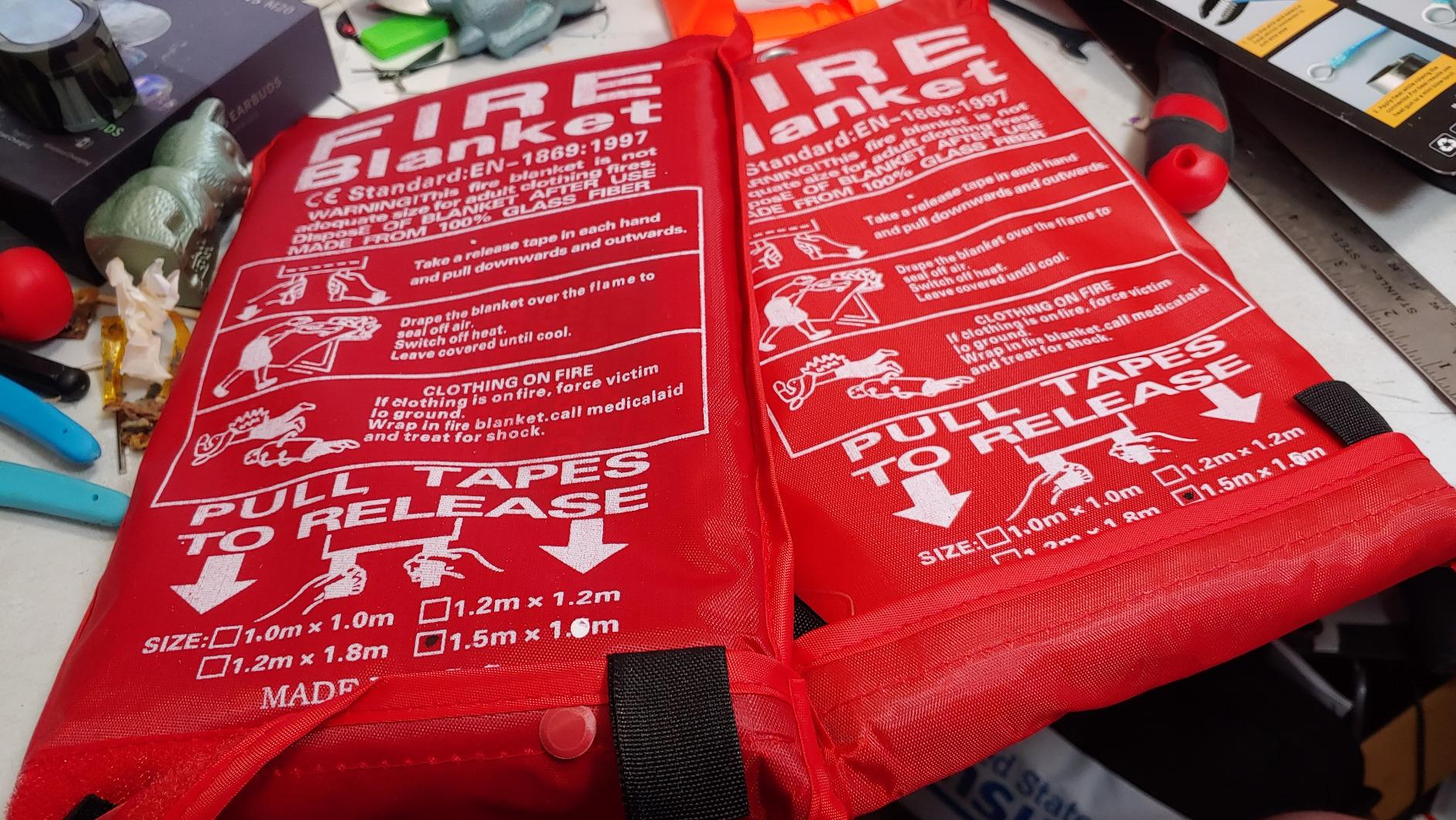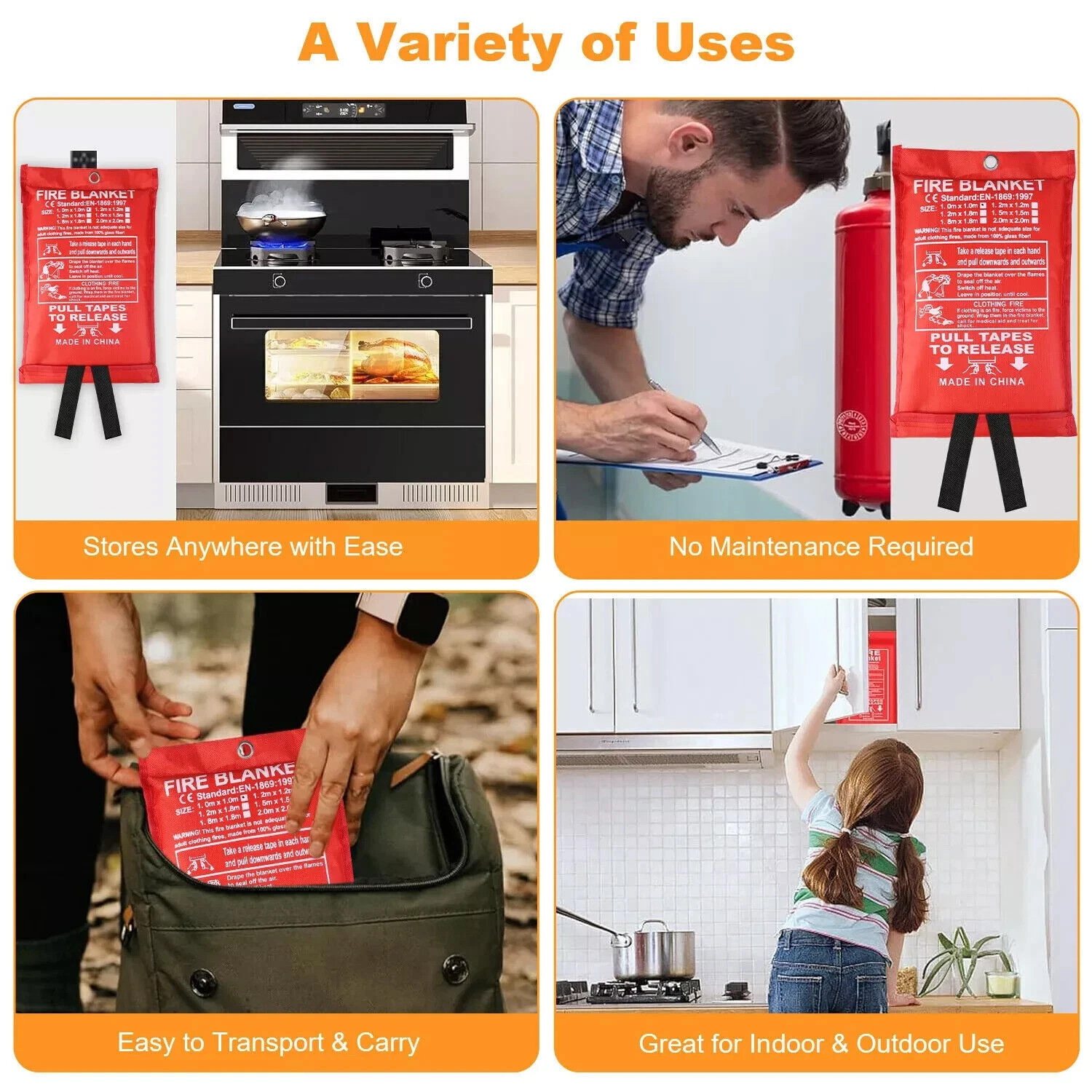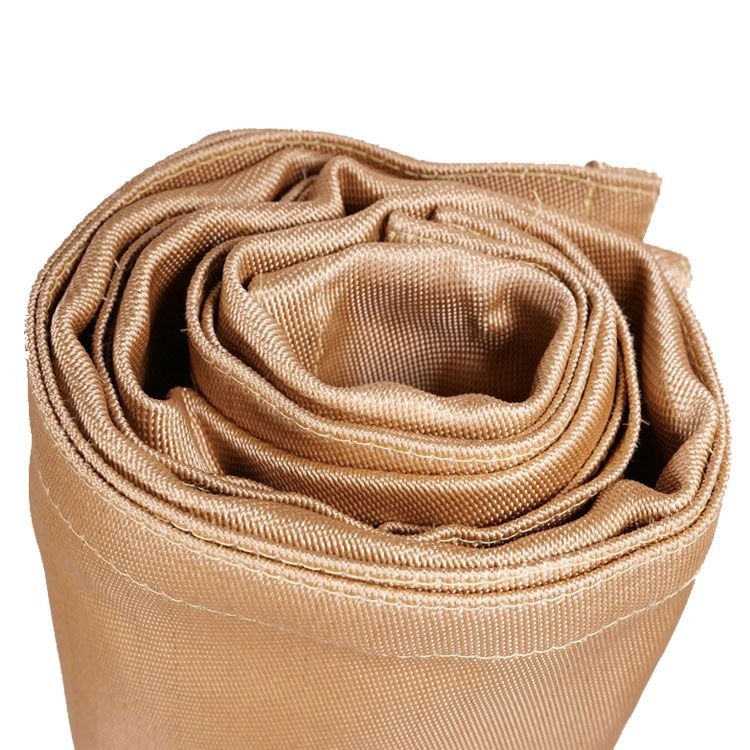5 Alternative Welding Blanket Options for Enhanced Safety & Efficiency
Welding blankets protect surfaces from sparks and heat, but traditional fiberglass options have limitations. This guide explores five practical alternative welding blanket solutions that offer better performance, durability, or specialized protection for different welding applications.
Why Consider Alternative Welding Blankets?
Standard fiberglass welding blankets work well for basic protection, but they have drawbacks. They can tear easily, don't handle extreme temperatures well, and may contain irritating fibers. Alternative welding blanket materials solve these problems while offering additional benefits:
- Higher temperature resistance- Some alternatives withstand temperatures over 2000°F
- Improved durability- Materials that resist tears and abrasions
- Chemical resistance- Protection against acids, oils, and solvents
- Flexible applications- Options for confined spaces or unusual shapes
- Easier cleanup- Materials that don't trap sparks and debris
1. Silicone-Coated Fiberglass Welding Blankets
This upgraded version of traditional welding blankets adds a silicone coating to the fiberglass base. The coating provides several advantages:
- Creates a non-porous surface that prevents spark penetration
- Reduces fiber shedding that can irritate skin and lungs
- Makes the blanket more flexible at low temperatures
- Allows for easier cleaning - just wipe down the surface
These alternative welding blankets work well for general-purpose welding and are available in various thicknesses. The silicone coating typically adds about 20-30% to the cost compared to uncoated fiberglass blankets.
2. Ceramic Fiber Welding Blankets
For extreme heat applications, ceramic fiber blankets offer superior protection. These alternative welding blankets can withstand continuous temperatures up to 2300°F (1260°C), making them ideal for:
- High-amperage welding operations
- Plasma cutting
- Foundry work near welding areas
- Thermal insulation in furnace repair
Professional Tip:Ceramic fiber blankets are more brittle than fiberglass, so handle them carefully. Always wear gloves when installing or moving these blankets to prevent skin irritation from loose fibers.
3. Vermiculite-Coated Welding Blankets
Vermiculite, a natural mineral that expands when heated, creates an effective protective layer on these alternative welding blankets. Key features include:
- Excellent spark and slag resistance
- Good thermal insulation properties
- Fireproof and non-combustible
- More affordable than ceramic options
These blankets work particularly well for overhead welding applications where sparks might fall onto sensitive equipment or materials below the work area.
4. Aluminum-Laminated Welding Blankets
For situations requiring both heat protection and light reflection, aluminum-laminated blankets provide a versatile solution. The aluminum layer:
- Reflects radiant heat away from protected surfaces
- Creates a barrier against molten metal splatter
- Resists oil, water, and many chemicals
- Makes the blanket more durable and tear-resistant
These alternative welding blankets are popular in automotive shops and manufacturing facilities where welding occurs near painted surfaces or delicate components.
5. Fire-Resistant Fabric Welding Blankets
Modern fire-resistant fabrics like Nomex® or Kevlar® offer lightweight, flexible protection. While not suitable for direct contact with molten metal, these alternative welding blankets work well for:
- Protecting workers' clothing (worn as aprons or sleeves)
- Covering equipment near welding areas
- Temporary containment of sparks in tight spaces
- Situations requiring frequent movement of the protective barrier
These materials are often used in combination with other welding blankets for layered protection in critical applications.
Choosing the Right Alternative Welding Blanket
Selecting the best alternative welding blanket depends on your specific needs. Consider these factors:
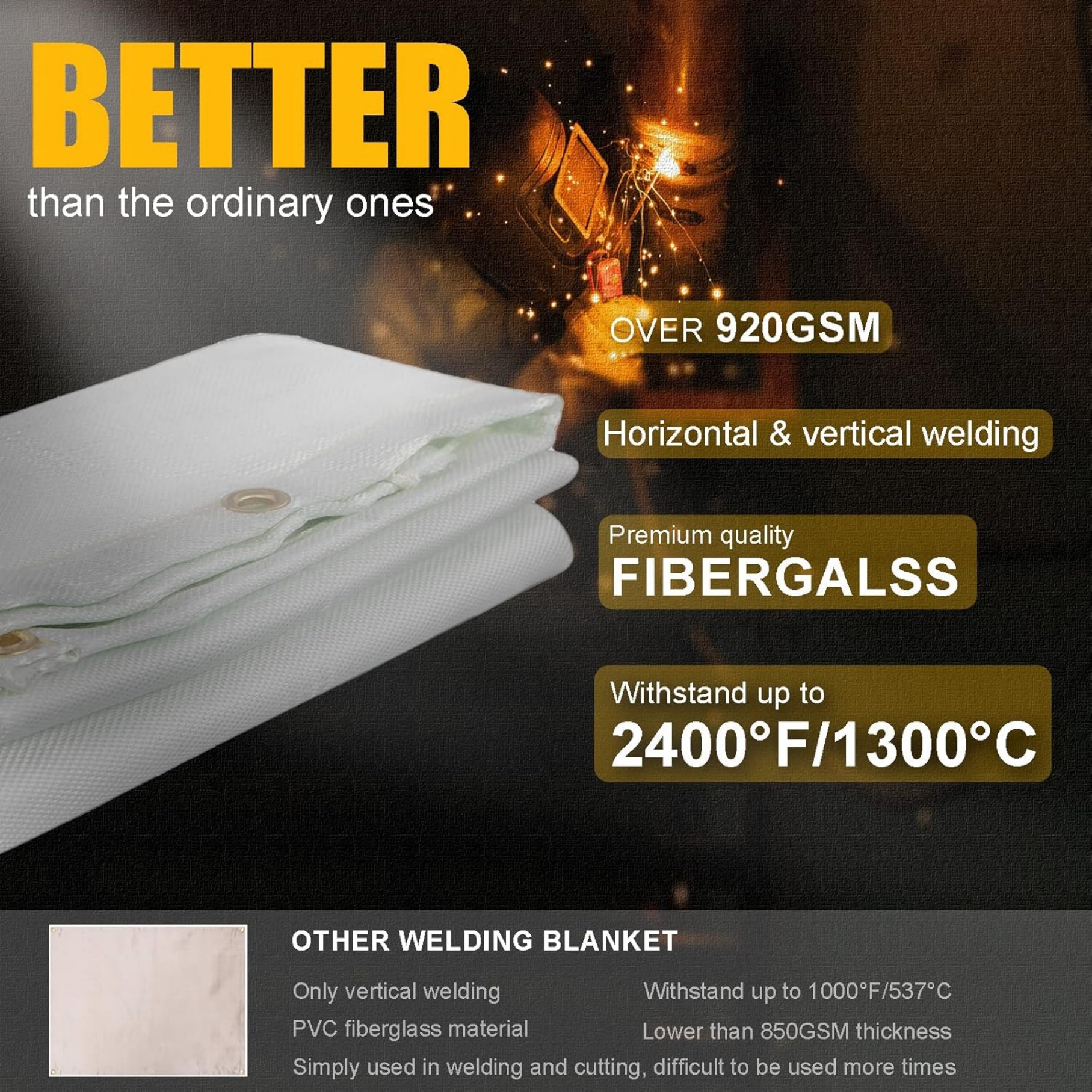
- Temperature requirements- Match the blanket's rating to your welding process
- Durability needs- Frequent movement requires more robust materials
- Chemical exposure- Some environments need oil or acid resistance
- Flexibility- Tight spaces may need more pliable options
- Budget- Balance cost with required performance
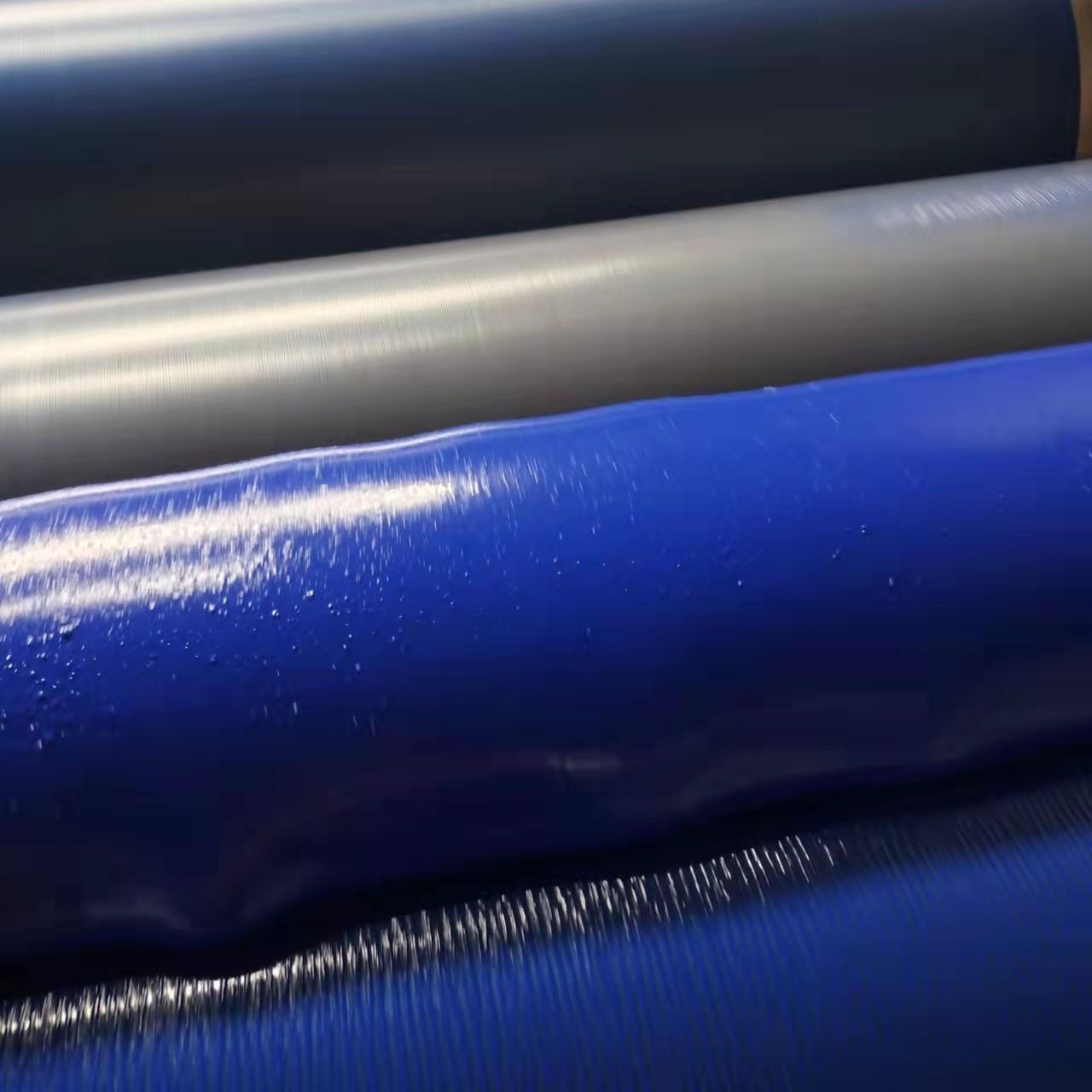
Many welding supply stores offer samples so you can evaluate different alternative welding blankets before making a larger purchase. Don't hesitate to ask for technical specifications to ensure proper protection for your application.
Safety Reminder:No welding blanket can replace proper personal protective equipment (PPE). Always wear appropriate gloves, helmets, and clothing when welding, regardless of the blanket type you use.
Maintenance Tips for Alternative Welding Blankets
To maximize the lifespan and effectiveness of your alternative welding blanket:
- Inspect regularly for tears, holes, or thinning areas
- Clean according to manufacturer instructions (methods vary by material)
- Store properly - keep dry and avoid folding sharp creases
- Replace when the material shows significant wear or damage
- Follow all safety guidelines specific to the blanket material
Proper care ensures your investment in quality welding protection pays off through extended service life and consistent performance.


